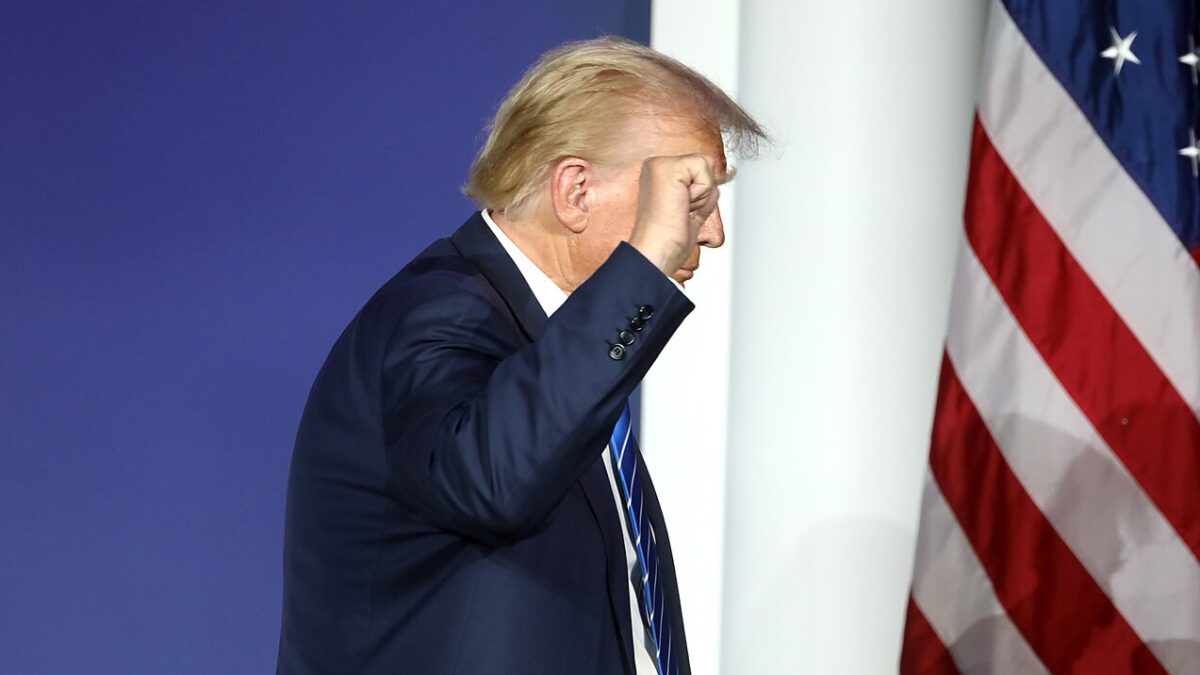
On Friday, Politico reported that Republicans were considering ways to amend their Obamacare “replacement” legislation, by placing income limits on the bill’s new refundable tax credit for health insurance. The Politico story implied the income cap sought to prevent wealthy individuals like Warren Buffett from obtaining federal subsidies for health insurance, but in reality House staff are re-writing their legislation to correct a major flaw in its structure.
Based on my conversations with multiple sources close to the effort, the Congressional Budget Office (CBO) had indicated to congressional staff that the prior House framework could see at least 10 million, and potentially up to 20 million, individuals losing employer-sponsored health insurance. Further, CBO stated that that House framework, even after including a refundable tax credit for health insurance, would not cover many more people than repealing Obamacare outright.
By comparison, Obamacare led to about 7 million plan cancellation notices in the fall of 2013. While those cancellations caused a major political firestorm, the framework the House released prior to the recess could cause a loss of employer coverage of several times that number. What’s more, that framework as described looks for all intents and purposes like a legislative orphan appealing to no one—neither moderates nor conservatives—within the Republican party:
- A significant erosion of up to 10-20 million individuals with employer-provided health coverage;
- A new entitlement—the refundable tax credits—that by and large wouldn’t expand coverage, but instead cause individuals currently in employer plans to switch to the credits;
- More federal spending via the refundable tax credits;
- A tax increase—a cap on the current exclusion for employer-provided health coverage—to pay for the new spending on the credits; and
- An increase in the uninsured (compared to Obamacare) of at least 15 million—nearly as much as repealing the law outright.
Details of the bill are changing constantly, and no doubt House leadership will claim these figures pertain to prior drafts of the legislation. But even if those numbers reflect outdated drafts, the combination of major re-writes to the bill and the lack of a CBO score at any point in the process thus far should cause significant pause on Capitol Hill. Members are being asked to vote on legislation before knowing its full effects, or even how it will look in its final version.
Coverage Quicksand
According to CBO, the combination of a cap on the exclusion for employer-provided health insurance, coupled with an age-rated tax credit for insurance, created a dynamic where expanding health insurance coverage was all but impossible.
An age-rated credit provides much greater incentive for firms to drop coverage, because all workers, not just low-income ones, can qualify for the credit. Moreover, because an age-rated credit provides the same subsidy to all individuals, regardless of income, low-income enrollees—the only individuals who have enrolled on exchanges in significant numbers—would have much less financial incentive to purchase insurance than they do under Obamacare, hence the lower coverage numbers overall.
On their bill, House Republicans put themselves in coverage quicksand. The more they thrashed to get out of the quicksand—by increasing the subsidies or adjusting the cap on the employer exclusion, or both—the deeper they sank, by increasing the erosion of employer-sponsored insurance.
Means-Tested Credit
Moving to a means-tested credit would create the same disincentives to work—individuals taking fewer shifts, or working fewer hours, for fear of losing their subsidies—as Obamacare itself. Here’s what Speaker Ryan’s Better Way document, released last summer, said about the current law:
Obamacare penalizes work. The law’s employer mandate and definition of a ‘full-time’ employee play a significant role in reduced hours, wages, and jobs. Even more critically, Obamacare’s subsidies themselves are riddled with cliffs and phase-outs, and the law includes a direct tax on work. Taken as a whole, CBO found that the law’s policies discourage work in such a way that it will be as if 2 million full-time jobs vanish from the economy by 2025. Our plan would repeal those taxes and work disincentives and implement a flat, simple form of assistance that would grow the economy and ensure work pays.
If House Republicans have turned on a dime, and re-embraced means-tested credits after criticizing them for several years, their plan will have at least some of the same work disincentives as Obamacare. Moreover, a means-tested credit also creates administrative complexities—reconciling payments made based on estimated income with actual income at the end of the year—that make it tougher to implement, as the Obamacare experience has demonstrated.
Obamacare’s Moment of Truth
On Thursday, Sen. Rand Paul sparked a Twitter meme, searching through the Capitol for copies of House Republicans’ current version of “replace” legislation. While Paul raised a valid point about the need for a transparent process, he might have been better served to search for a CBO score of the legislation, for that will show where the rubber meets the road on the bill’s fiscal effects.
House leadership has yet to release any budgetary scores of their legislation, yet apparently plan on marking up the bill this week—before a CBO score becomes available. Given the ways in which several drafts have prompted CBO to warn about a massive erosion of employer-sponsored health coverage, the phrase Caveat emptor applies. Members who vote for a bill without knowing its full fiscal effects, yet will be held politically responsible for said effects, do so entirely at their own risk.









